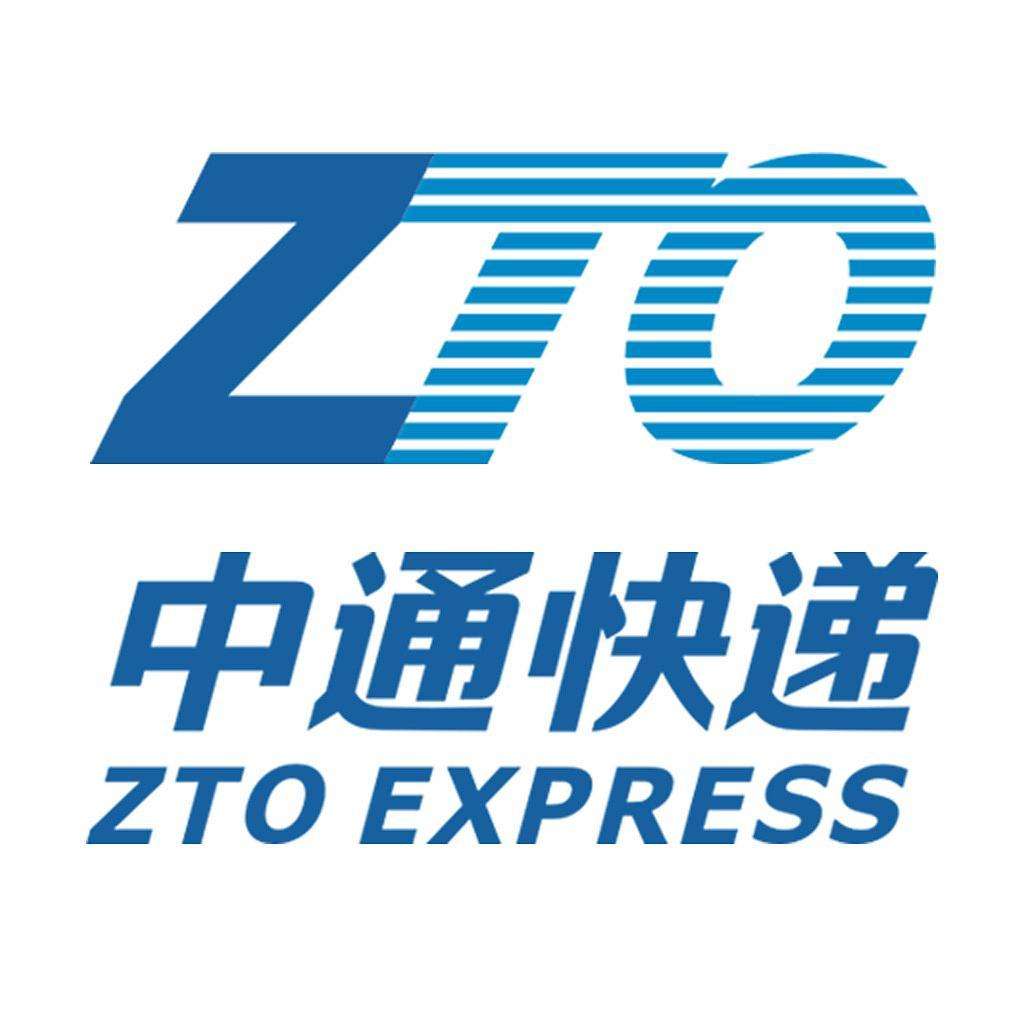中通快递(ZTO.US/02057.HK)2025年第一季度业绩电话会
文章语言:
简
繁
EN
Share
Minutes
原文
会议摘要
In Q1 2025, CTO Express reported a 19.1% year-over-year increase in parcel volume to 8.5 billion and a 1.6% growth in adjusted net income to 2.3 billion, despite facing price competition. The company focused on service quality and volume growth, enhancing end-to-end timeliness, and developing differentiated products. Total revenue rose by 9.4% to 10.9 billion, with unit costs maintained at 94 cents through cost productivity gains. CTO deepened collaborations with e-commerce platforms and enterprise customers, increasing retail parcel volume by 46% and reverse logistics volume by over 150%.
会议速览
The CTO Express holds a conference call to announce its first quarter 2025 financial results, with remarks from the head of Capital Markets and the CEO, followed by a Q&A session.
Participants discuss enhancing team capabilities, personnel assignments, and operational strategies under current leadership, aiming to strengthen their position and effectiveness.
In Q1 2025, ZTO Express reported a 19.1% year-over-year increase in parcel volume to 8.5 billion, with adjusted net income rising 1.6%. Despite intensifying price competition, the company focused on service quality and volume growth, strategically penetrating the low-value parcel segment. Key strategies included improving end-to-end timeliness, lowering unit costs, enhancing network partner capabilities, and developing differentiated products and services. Retail parcel volume saw a 46% year-over-year increase, and reverse logistics volume surged over 150%. Through digitization and accountability, transportation and sorting costs decreased, showcasing ZTO's commitment to self-improvement and cost efficiency.
Despite intense competition, the company is dedicated to maintaining high-quality services, exceeding industry growth averages, and achieving reasonable profits. Key strategies include enhancing network policy effectiveness, strengthening last-mile capabilities, optimizing revenue mix, and maximizing resource utilization through systematic planning and data analytics. With a focus on sustainable growth and shared success, the company aims to solidify its leadership position while addressing volume competition and structural challenges.
In Q1 2025, the company reported a 19.1% growth in parcel volume to 8.5 billion, with an adjusted net income of 2.3 billion, marking a 1.6% increase. Total revenue rose 9.4% to 10.9 billion, despite a 7.8% decrease in ASP due to heightened competition. Cost-saving measures led to a flat unit cost for core express delivery services at 94 cents. Gross profit margin rates declined to 24.7%, while income from operations increased 6.1% to 2.4 billion. The company anticipates an annual CapEx of 5.5 to 6 billion in 2025 and reiterates its full-year parcel volume guidance of 40.8 to 42.2 billion, expecting a 20% to 24% year-over-year increase.
On May 21, 2025, instructions are provided for participants to ask questions during a session, emphasizing limits and procedures for withdrawing queries.
The company aims to grow faster than industry volumes through strategic investments, focusing on volume leadership and service quality. Despite slightly slower growth in the first quarter, plans include narrowing the gap with the industry average, upgrading revenue structure, and enhancing reverse logistics efficiency, targeting daily parcel volumes up to 10 million on peak days.
The discussion focuses on forecasting unit volume incentives and unit cost reductions for ZTO, considering recent performance and fuel prices. Additionally, it explores the progress and potential impacts of AI integration on the company's operations and competitive edge.
The discussion highlights the impact of intense competition and parcel weight on unit revenue, emphasizing the need for balanced approaches to volume and service quality. Initiatives include cost efficiency gains, optimized compensation structures, granular responsibility assignments, and leveraging technology for proactive process management and cost reduction. AI applications in sorting, route planning, and delivery optimization are also discussed, with plans to further explore AI in last-mile delivery and autonomous vehicles.
The company has made significant progress in optimizing outlet layouts and promoting direct sorting and delivery to reduce costs. By increasing the proportion of end-to-end direct linkage, the goal is to decrease last mile delivery costs and enhance outlet earnings. Specific measures include installing automated sorting equipment, which can process 8000 to 9000 packages per operation time frame, significantly reducing sorting costs. For outlets handling at least 30,000 packages daily, these improvements aim to save approximately 10 cents per package, contributing to an overall target of 4 billion in additional cost savings and earnings improvements. Additionally, the company anticipates the upcoming June 18 shopping festival to drive parcel volume growth amidst intense market competition and early price competition.
In the face of increasing competition and declining profits, the focus is on strengthening connections with network partners to enhance efficiency, cost-effectiveness, and network stability. Emphasis is placed on balancing interests, duties, and rewards to ensure a stable network for future growth, with plans to monitor the market and adjust pricing strategies accordingly.
Management concludes the conference call, emphasizing continued focus on competitiveness, resource allocation, and narrowing industry growth gaps while inviting further discussions.
要点回答
Q:What were the financial results for the first quarter of 2025?
A:The company maintained its industry leading service quality with a total parcel volume of 8.5 billion, a year over year increase of 19.1%. The adjusted net income was 2.3 billion, an increase of 1.6% year over year.
Q:How did the company maintain service quality and profitability in the face of challenges?
A:The company focused on service quality and volume growth while rejecting irrational pricing practices. It strategically increased its penetration into the low value parcel segment. It also improved end-to-end timeliness and reduced unit costs through process standardization and integration, and maintained control over profitability amid competition.
Q:What strategic measures has the company planned for the second quarter and the remainder of the year?
A:The company plans to enhance the effectiveness of network policies, strengthen last mile capabilities and profitability, continuously optimize revenue mix, and maximize resource utilization. Specific actions include promoting cross-legion collaboration, establishing direct linkage between outlets and La Moss, integrating local living commercial opportunities, refining e-commerce logistics products and supply chain management capabilities, and activating underutilized resources among others.
Q:What is the company's vision and strategic priority for the future?
A:The company's vision is to solidify its leadership in quality and scale while achieving a reasonable level of profit. The strategic priority is to maintain service quality, grow sustainably, and remain socially responsible, while also being practical and progressive in building an enduring enterprise for the future.
Q:How did the core express delivery business perform in terms of revenue and price per parcel?
A:The core express delivery business experienced a decrease in the price per parcel of 7.8% or 11 cents due to intensified competition, partially offset by a 12 cents positive mix shift from increased proportion of Ka volume.
Q:What were the changes in total cost of revenue and unit costs?
A:The total cost of revenue was 8.2 billion, an increase of 17.9%. The unit cost for the core Express delivery business remained flat at 94 cents, and the combined unit cost of sorting and transportation decreased 9 cents due to economies of scale and cost productivity gain initiatives.
Q:How did the company's gross profit and profit margin change?
A:Gross profit decreased 10.4% to 2.7 billion, and the gross profit margin rate decreased 5.4 points to 24.7%. Excluding certain expenses, gross profit decreased 13.5% to 517 million, and expenses as a percentage of revenue decreased to 4.7%, reflecting strong corporate cost efficiency.
Q:What is the updated 2025 full year parcel volume guidance?
A:The updated 2025 full year parcel volume guidance is between 40.8 to 42.2 billion, which equates to a 20% to 24% increase year over year.
Q:What are the company's expectations regarding investments to achieve volume targets and the impact on absolute profit?
A:The company aims to continue to narrow the gap between its volume growth and the industry average. Specific investment amounts for achieving the volume targets were not disclosed, but the strategy involves focusing on profitable growth, quality of services, and volume leadership.
Q:What is the growth of retail parcels and reverse logistics, and what are the company's plans to further expand this business?
A:Retail parcel and reverse logistics experienced significant growth, with a year-over-year increase of 45% in daily parcel volume, averaging around 6 million, and reverse logistics seeing a year-over-year growth over 150% with daily volumes exceeding 3.5 million. The company plans to deepen cooperation with major e-commerce platforms, improve transportation capacity, and implement measures such as training network partners for efficiency and incentivizing service upgrades.
Q:What challenges does the company face with competition in reverse logistics and how does it plan to respond?
A:The company faces pressure on reverse parcel prices, but the reverse logistics services have a high barrier for entry due to early mover effort and deep relationships with platforms. They plan to continue to outpace competitors by focusing on capacity and responsiveness to two-door delivery and pickup, improving the service through network partner and courier improvements, which in turn will improve earnings stability.
Q:What is the expected impact of unit revenue and cost factors on ZTO's performance?
A:ZTO is anticipating a continued focus on volume growth, supported by high-quality service delivery. The company will adjust prices and volumes in response to market conditions and competitive situations. On the cost side, ZTO will continue its cost efficiency initiatives, including a focus on process refinement, IT utilization for real-time tracking and optimization, and compensation structure adjustments to incentivize operational efficiency.
Q:What progress has ZTO made with the application of AI in its business operations?
A:ZTO has been actively exploring AI applications in management and operations. AI has been applied in sorting operations, route planning, and monitoring technology, with the goal of improving efficiency and focusing on high-priority tasks. ZTO expects to continue reaping benefits from technological advancements and to actively explore further applications of AI in delivery and autonomous vehicles.
Q:How has ZTO's focus on direct linkage affected unit costs and what is the goal for the network partners?
A:ZTO's focus on direct linkage, which involves optimizing outlet layouts and promoting direct sorting and delivery, has been aimed at reducing the last-mile delivery cost and increasing the earnings of network partners. This initiative is expected to contribute to cost savings and earnings improvements for the network at the outlet level. ZTO is installing equipment to automate sorting at outlets, with the potential to reduce costs and improve efficiency.
Q:What is ZTO's strategy for ensuring network stability amid market pressures?
A:ZTO's strategy for ensuring network stability includes a focus on maintaining trust, hope, and belief among network partners, especially in today's competitive environment. ZTO is monitoring the market and adjusting pricing practices to support network partners' stability and long-term trust. The goal is to ensure a balanced distribution of interests and rewards, and to work together with partners to achieve normalized market growth after the current challenges.






